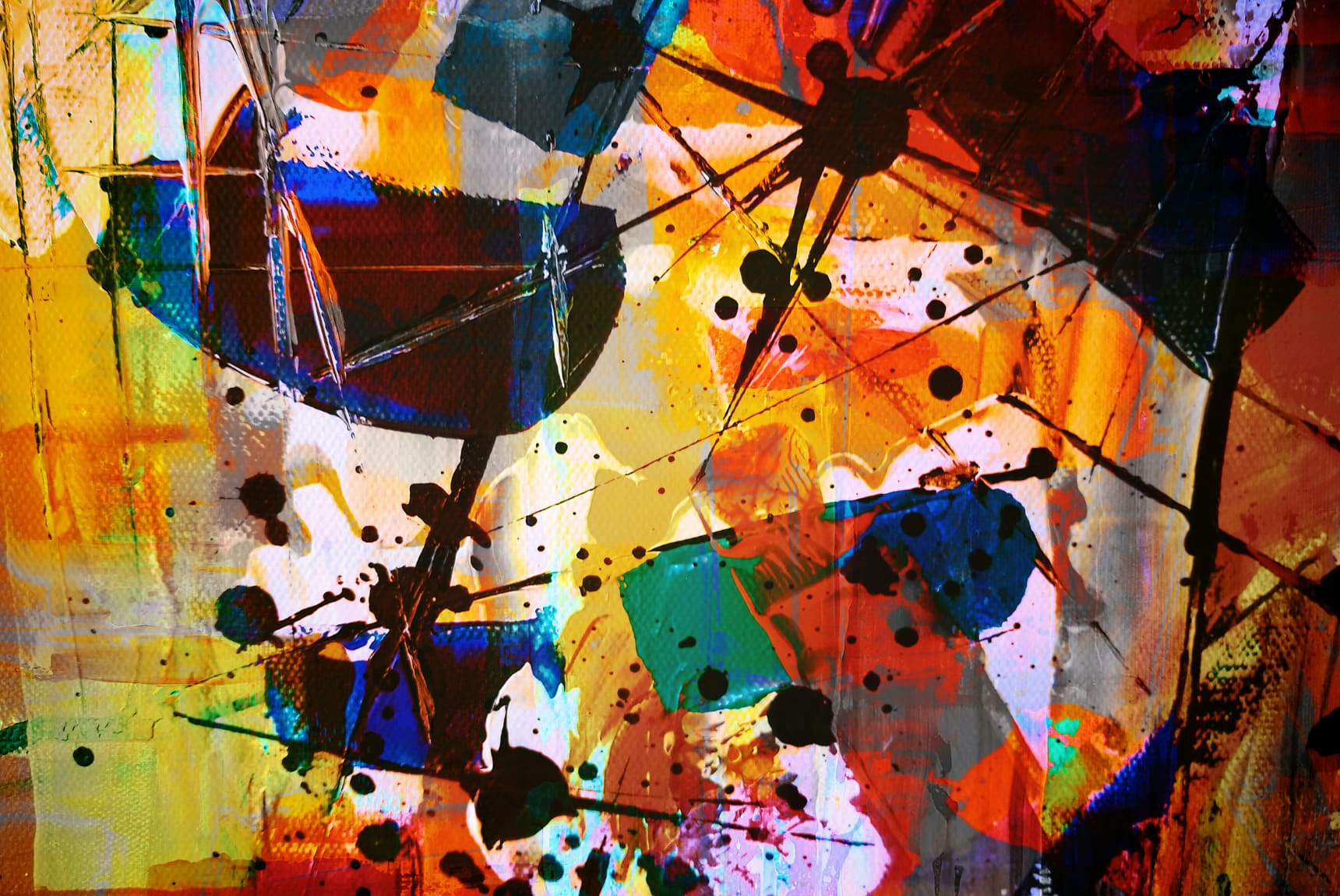Baroque art is an extravagant style characterized by dramatic expressions, bold ornamentation and a sense of movement and grandeur, Baroque art emerged as a response to the political and cultural shifts of its time. This article explores the origins, key characteristics and significant contributions of Baroque art to the world of art history.
Origins of Baroque Art
Baroque art originated in Italy around the late 1500s and quickly spread throughout Europe, deeply influencing painting, sculpture, architecture, and music. The term "Baroque" likely derives from the Portuguese word "barroco," meaning "irregularly shaped pearl," reflecting the art form's complex and elaborate nature. The Baroque period emerged during a time of significant change and conflict, marked by the Counter-Reformation, the Thirty Years' War and the rise of absolute monarchies.
Influence of the Counter-Reformation
The Counter-Reformation played a crucial role in shaping Baroque art. In response to the Protestant Reformation, the Catholic Church sought to reaffirm its influence and attract believers through art that conveyed religious themes with emotional intensity and direct appeal. Baroque artists were commissioned to create works that inspired faith and devotion, using vivid imagery and dynamic compositions to evoke spiritual fervor.
Key Characteristics of Baroque Art
Baroque art is known for its dramatic, emotive and highly detailed style. Several key characteristics define this artistic movement:
- Dramatic Use of Light and Shadow
Baroque artists mastered the use of chiaroscuro, a technique involving stark contrasts between light and dark. This interplay of light and shadow created a sense of depth and volume, enhancing the emotional intensity and realism of the artwork.
- Dynamic Composition and Movement
Baroque art is characterized by its sense of movement and energy. Artists often depicted scenes at the height of action, using diagonal lines and swirling compositions to convey dynamism and evoke a sense of drama and tension.
- Rich Detail and Ornamentation
Baroque works are marked by their intricate details and lavish ornamentation. Whether in painting, sculpture, or architecture, artists employed elaborate decorations, textures, and patterns to create visually stunning and immersive experiences.
- Emotional Intensity and Realism
Baroque artists aimed to elicit strong emotional responses from viewers. They achieved this by depicting intense expressions, vivid gestures and lifelike details, bringing scenes and subjects to life with unparalleled realism.
Significant Contributions and Artists
Several renowned artists made significant contributions to Baroque art, leaving a lasting legacy on the art world.
- Caravaggio
Michelangelo Merisi da Caravaggio revolutionized painting with his realistic depictions and dramatic use of light and shadow. His works, such as "The Calling of Saint Matthew" and "Judith Beheading Holofernes," exemplify the emotional intensity and realism characteristic of Baroque art.
- Gian Lorenzo Bernini
A master of Baroque sculpture and architecture, Gian Lorenzo Bernini's works are known for their dynamic movement and intricate detail. His masterpieces, including "The Ecstasy of Saint Teresa" and the colonnade of St. Peter's Basilica in Vatican City, showcase his ability to convey profound emotion and drama through art.
- Peter Paul Rubens
Peter Paul Rubens, a prolific Flemish painter, brought the Baroque style to Northern Europe. His vibrant compositions, filled with movement and color, such as "The Descent from the Cross" and "The Massacre of the Innocents," highlight his mastery of Baroque techniques.
- Rembrandt van Rijn
Rembrandt van Rijn, a Dutch painter and etcher, is celebrated for his exceptional use of chiaroscuro and his deep psychological insight. Works like "The Night Watch" and "The Anatomy Lesson of Dr. Nicolaes Tulp" demonstrate his ability to capture human emotion and narrative depth.
Baroque art, with its dramatic flair and emotive power, continues to captivate audiences centuries after its inception. The legacy of Baroque art endures, influencing countless artists and movements that followed. By understanding its history and appreciating its key characteristics, we gain a deeper insight into this remarkable period of artistic achievement.

